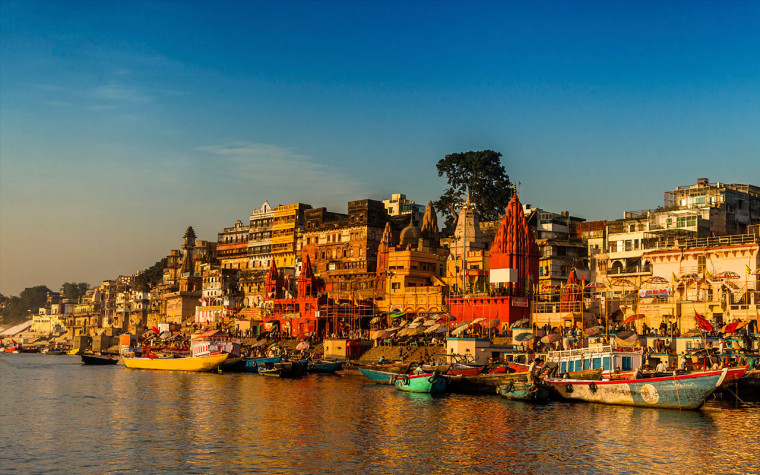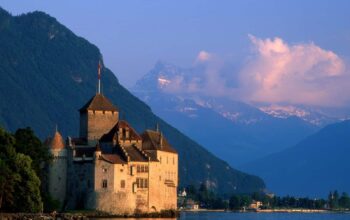India is a large country in Asia. It has a vibrant culture, interesting people and a wealth of natural attractions which you can visit. Due to these factors, the country gets a multitude of visitors. Despite its attractions, India has unique weather patterns. The summer begins towards the end of March up to June. The monsoon follows it up to September. After that, the summer resumes in October and ends in November. Winter takes over the rest of the year. This pattern of seasons is different from that of many other countries in the world. Moreover, it sets apart the summer months as ideal for visiting the country. That’s because the rain and humidity which characterize the monsoon are not present. Here is more about this.
Details on the summer season in India
This season in India has a number of characteristics. Firstly, the summer has very high temperatures. The hottest areas in the country are:
- The Northern flats
- Central India
The temperatures in these areas range from 45 to 50 degrees Celsius. Compared to the summer season in temperate countries, this is can be unbearably hot. As such, tourists can visit areas that do not experience this much heat. Discover them below.
Areas in India which do not have very high temperatures in the summer
There are some areas in India whose temperatures are not unbearable during the summer season. One of such is the north eastern part of the country. It is cool compared to other areas. Here, there are tourist attractions such as the city of Rishikesh. It lies on the banks of River Ganga and is known for its spiritual significance. Visitors in search of spiritual guidance can visit this location.
The foothills of the Himalayas are another place that you can visit in India. They are cooler in the summer. They also provide good views. If you are interested in political attractions, the exile location of the Dalai Lama can be visited in the summer season. It is located in Dharamsala.
During the colonial period, the British established some hill stations. Examples of these are the ones in Darjeeling and Shimla. You can travel to India and view their history. Seeing as they are in the hills, the atmosphere there is cooler than the other parts of the country in the summer.
In the north east and central north areas of India, there are mountain ranges. Here, there are foothills that you can hike and explore. You can also pack heavy and visit the mountain range of the Western Ghats. It is 1,600 kilometers long and is listed as a World Heritage Site by UNESCO. The area has some national parks, reserves of forest, sanctuaries for wildlife and hill stations. They provide attractions which you can explore during the summer.
Conclusion
In India, the weather and climate differences are stark. If you travel from the hot central plains and visit the mountain ranges during the summer, there is a clear difference in air quality and temperature. It is cooler and the air is fresher. As such, the latter are a good destination in this season.
Related Posts
Love traveling.











